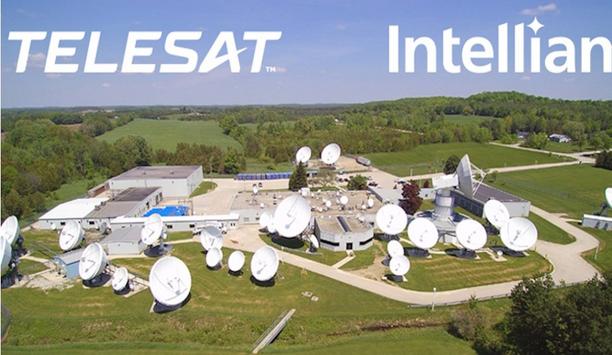With its many peninsulas and bays, coves, and small headlands, the UK coastline is a complex stretch of land to monitor and patrol. Traditional coastal surveillance methods utilising patrol aircraft and vessels are very expensive and non-persistent.
However, big data and machine learning (ML) are providing a solution, lowering the cost of these tasks and transforming the way the coastal maritime activity is monitored, analysed, and responded to by agencies and governments.
AI-powered maritime surveillance
Cambridge Pixel has partnered with Sirius Insight and Simrad to create an innovative AI-powered maritime surveillance and situational awareness solution.
Cambridge Pixel’s radar tracking software receives radar video from the onboard vessel radars. Typically track reports are then combined with secondary track reports, such as AIS to create a fuller picture of activity at sea and around the coastline.
Automated visual classification
Data is collected locally and securely stored in the cloud, allowing it to be analysed and used
Once identified by radar, PTZ cameras are controlled to slew to the target, and a computer vision system provides an automated visual classification to further identify and understand what each vessel is doing.
Data is collected locally and securely stored in the cloud, allowing it to be analysed and used to drive alerts of suspicious activity such as large vessels that are not transmitting on AIS, destructive fishing practices, or illegal goods smuggling.
Real-time display and control
The project includes multiple solutions from Cambridge Pixel’s range of modular software, such as AVx Video Link, which ensures that camera video from remote sites is efficiently distributed for display, recording, and replay, and ML analysis. RadarWatch provides real-time display and control from any location with a clear interface showing sensor data, tiled maps, S57/S63 electronic charts, and video from up to 2 radars and 16 cameras, within multiple windows and across multiple screens.
It accepts open data formats such as ASTERIX and NMEA-0183 and is compatible with a wide range of radars, in this case from Simrad, providing a common software architecture that can be scaled to single or multi-sensor installations.
Faster, clearer, and better-informed decisions
David Johnson, CEO, of Cambridge Pixel, added, "RadarWatch works seamlessly with many different radar and camera sensors, and by implementing an augmented vision, we can allow targets to be labeled within the camera video footage, enabling faster, clearer, and better-informed decisions."
"It’s an ideal partnership with Sirius Insight’s pioneering AI technology."










